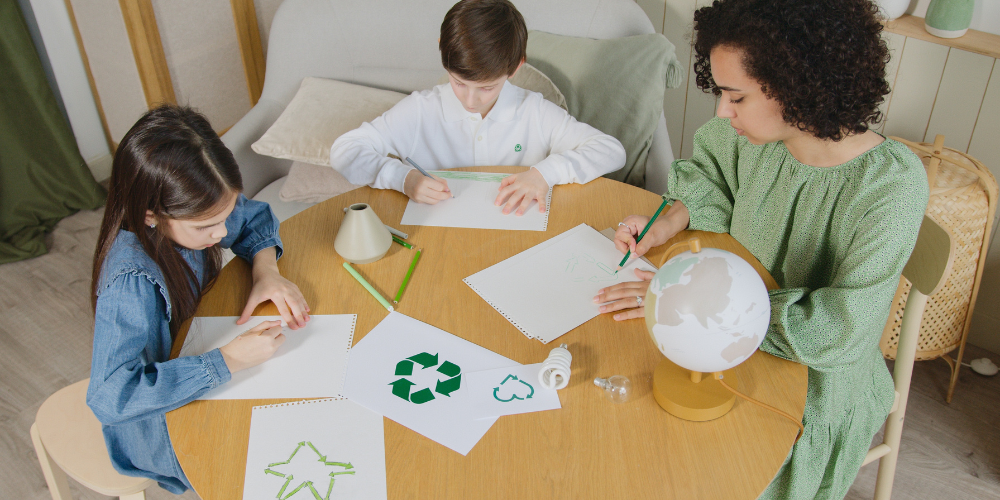One of the necessities of establishing a daycare is the provision of a safe and comfortable environment for children. It promotes the kids’ safety and supports essential cognitive, social, and much-needed emotional and mental development of the tiny brains.
Today, we will learn practical strategies for safe design and development that may stimulate the learning behavior in children.
Age-appropriate Furniture and Equipment
It is crucial to select an age-appropriate comfortable learning environment for children in a daycare that enhances the daycare facilities up to the mark where children may feel at home yet get to learn also.
Daycare furniture, including the chairs and tables, must be of the correct height that may not strain the fragile neck or back muscles of children sitting on them. Similarly, the cribs and cots must pass the safety standards with firm mattresses and secure side rails to support children when sleeping.
All daycare furniture suppliers must ensure that daycare equipment, including play structures and climbing frames, is appropriate for the age of the children and made of high-quality materials. Regular inspection for any wear and tear can help sort out any safety concerns arising from malfunctioning, worn-out furniture or fixtures. Replace any damaged furniture at its first inspection to ensure a safe and secure daycare environment to promote healthy learning and safety among children.
Adequate Lighting and Ventilation
Lightning and ventilation are two significant factors that can help create a cozy and reliable learning daycare. A well-lit class prompts positive and energized learning, while essential ventilation provides a healthy space by preventing the spread of illness through germs, spores, or molds which might happen in a congested space.
Selecting a room with the availability of natural light makes it helpful for the children to work and play without a strain on their eyes. If there is no natural light in the daycare facilities, there must be plenty of bright artificial light to cope with the requirement of children.
Safe and secure indoor and outdoor areas
To promote children’s physical safety, it is essential to create a safe indoor and outdoor area. Indoor spaces must be free from not-so-visible safety hazards like loose rugs or hanging wires, which can cause the children to trip off. Outdoor areas must have a soft floor that prevents children from any bruises that otherwise can happen with a rough floor. The outside play areas must be secured to prevent trespassers from getting in.
Regular inspection is necessary to maintain a safe playing space for children. The playground must have a level surface to prevent instability.
Engaging and Stimulating Learning Materials
Children can thrive in an environment that uses engaging and age-appropriate learning materials, it also provides them with opportunities to explore and discover experiences through play-based learning.
Creating variety in the classroom makes them interactive. Reading corners, areas for building blocks, and puzzles specified areas to encourage children to learn in a way that suits their interests and learning styles is a great idea. It also supports learning and develops their creativity and problem-solving skills.
Positive Relationships and Behavior Management
Children get a strong impact from the environment in which they grow, it is advisable to build a positive relationship with children. It also provides effective behavior management strategies; caregivers or teachers must model positive interaction with children to help them create a culture of kindness and respect.
Young children need frequent reminders to learn behaviors, while older children respond well to positive reinforcement strategies, which include praise or rewards.
By acting on the abovementioned strategies, we can create a safe learning environment for children that can promote mental and physical well-being to enrich future generations.
